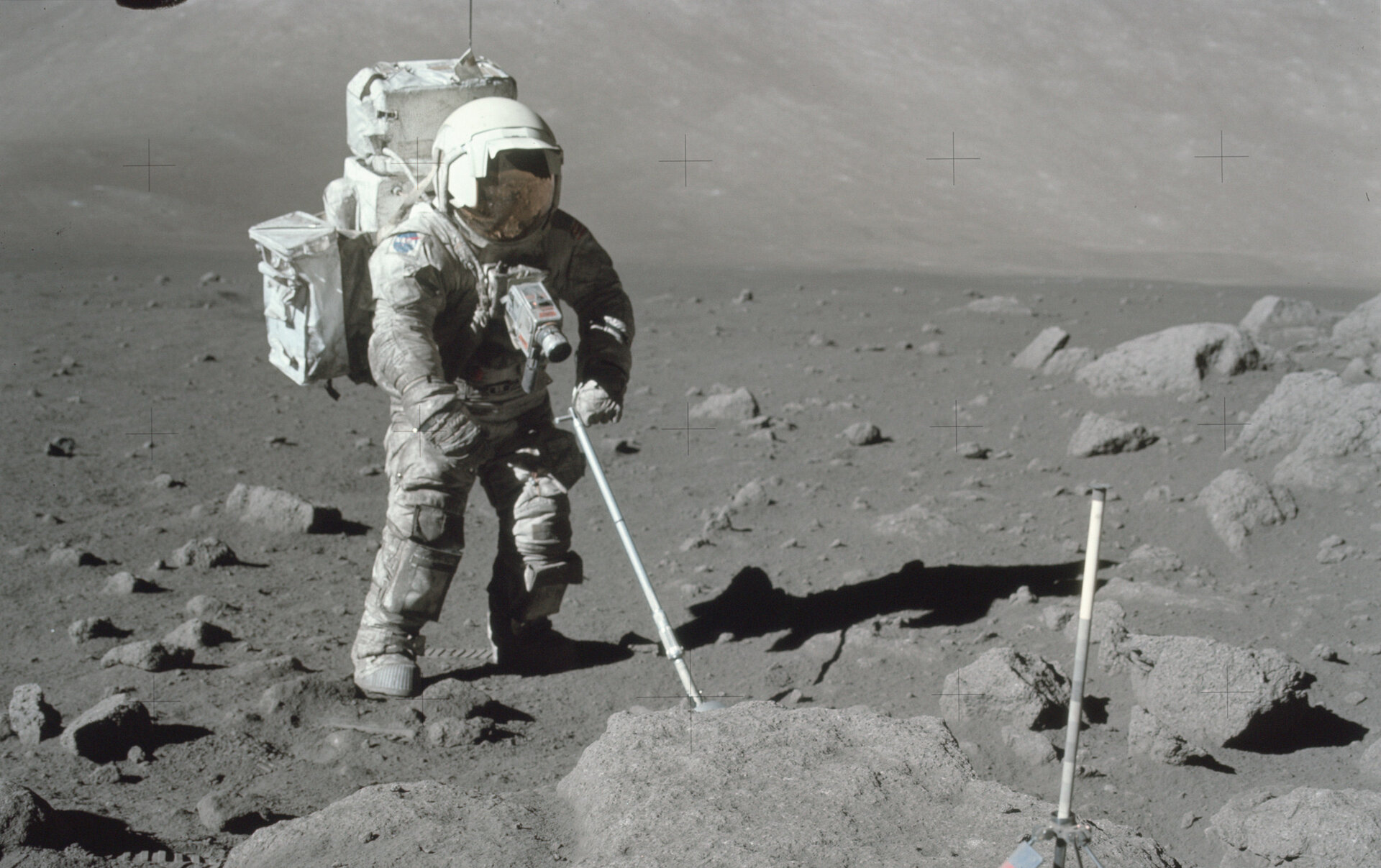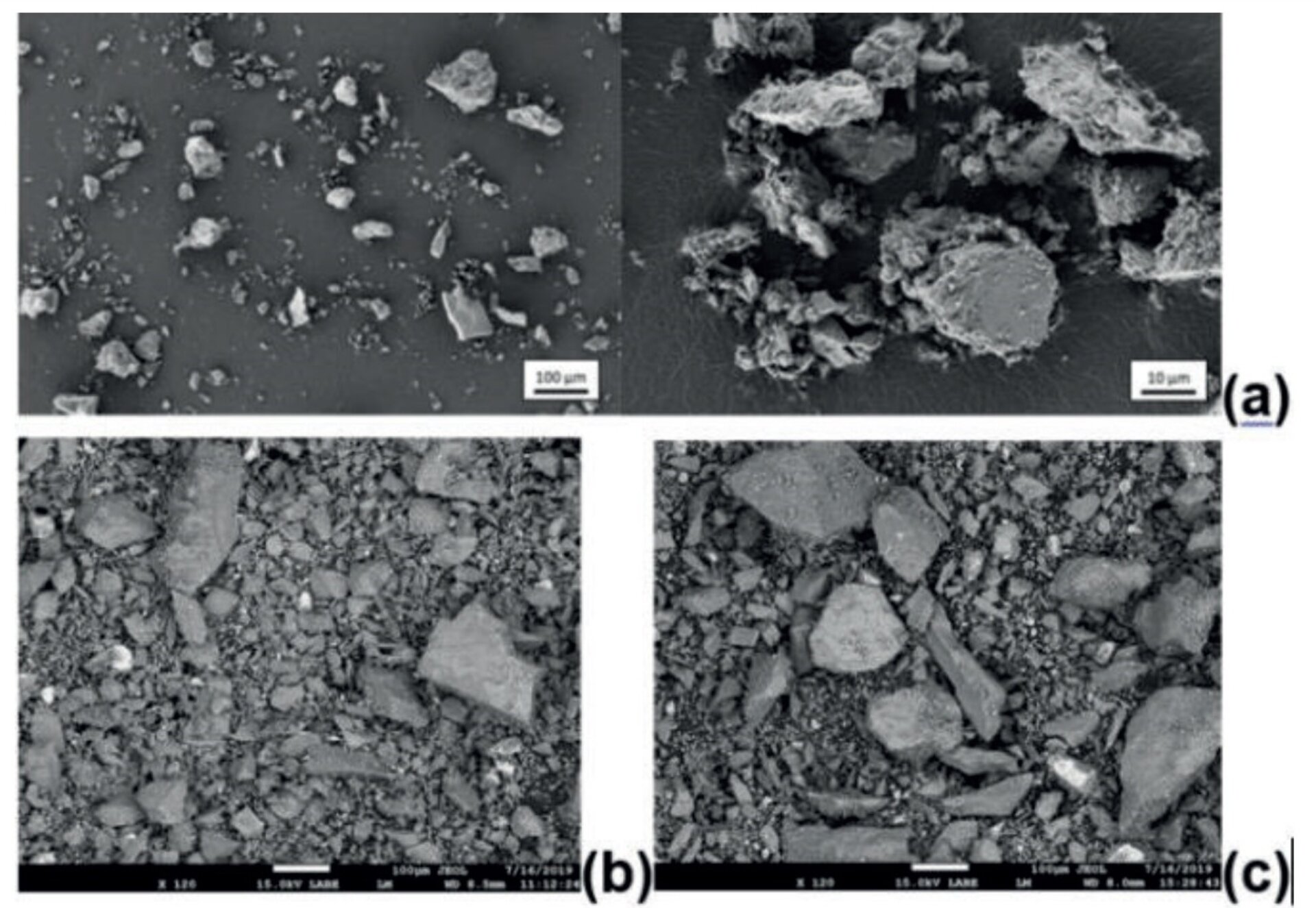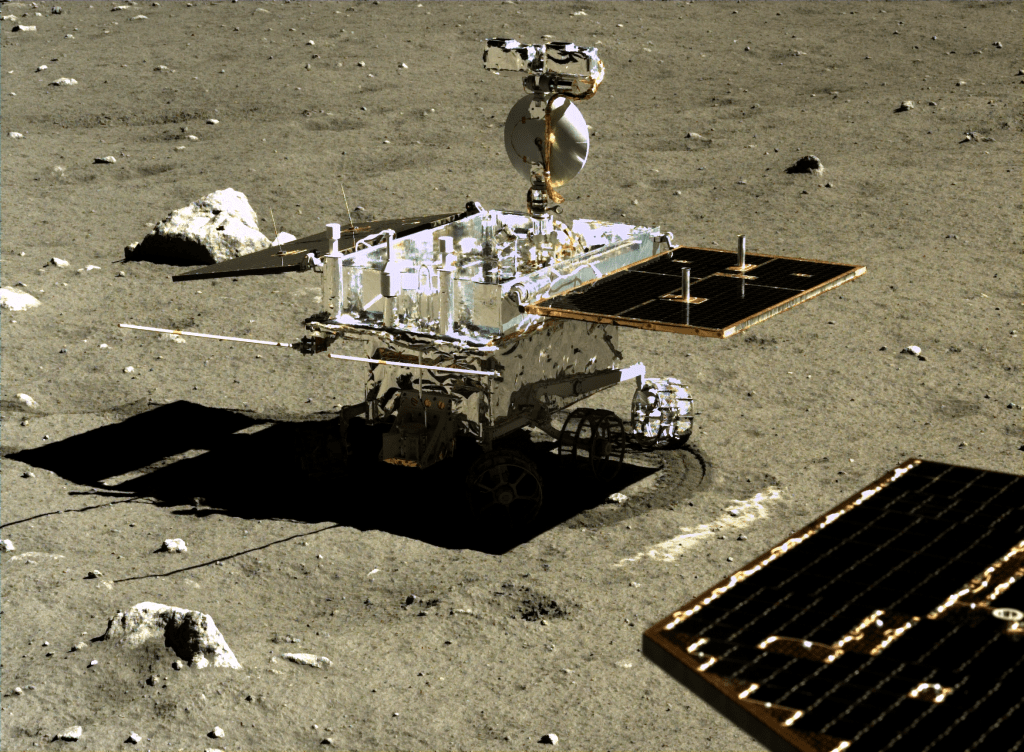
[ad_1]
In the coming years, astronauts will return to the moon for the first time since the close of the Apollo era. Beyond that, NASA and other space agencies plan to establish the infrastructure needed to maintain a human presence there. This will include the in-orbit Artemis Gateway (formerly the Lunar Gateway) and surface bases, such as NASA’s Artemis Base Camp and ESA’s International Moon Village.
This presents a number of challenges. The Moon is an airless body, it undergoes extreme variations in temperature and its surface is exposed to far more radiation than we experience here on Earth. Additionally, there is moon dust (also known as regolith), a fine dust that sticks to everything. To address this particular problem, an ESA-led team of researchers is developing materials that will provide better protection for lunar explorers.
During the Apollo missions, moon dust was the greatest operational concern for astronauts. Within days of exposure, their spacesuits suffered from darkened visors, clogged mechanisms and erosion in the layers of their suits. This stems from the peculiar nature of the lunar regolith, which is jagged, extremely fine and electrostatically charged (which is what makes it stick to surfaces).

Origins of Moon Dust
Since the Moon is an airless body and does not experience precipitation, the regolith on its surface did not have the benefit of geological processes (wind and water erosion) that would have smoothed it over time. As a result, billions of years of micrometeorite bombardment have pulverized much of the surface into fine particles with razor-sharp edges.
Meanwhile, the sun’s rays (which are not filtered by an atmosphere) give the dust a severe static charge. As ESA structural engineer Shumit Das noted in a recent ESA press release:
“Depending on its area of origin, the dust could have very different chemical and abrasive characteristics, with its precise properties depending on the selected landing site – which is another factor of concern.
“One of Apollo’s key findings was that the abrasion effects of the lunar regolith would be the main limiting factor in returning to the moon. We want to overcome this and enable space suits that could be used for many more spacewalks than the few performed for the Apollo landing: up to 2,500 hours of surface activity is our hypothesis. “

Hazardous Material
When the Apollo missions took place, the astronauts discovered that regolith was a constant problem during extra vehicular activities (EVAs) and they also had a hard time keeping it out of their Apollo lunar modules (ALMs). In addition to being dangerous to astronauts’ suits and equipment, lunar regolith also presents a serious health hazard to astronauts.
In a 2005 NASA study, reports from six Apollo missions were investigated to assess the overall effects of moon dust on EVA systems. Eventually, they concluded that the most significant risks included “darkening of vision, false instrument readings, coating of dust and contamination, loss of traction, clogging of mechanisms, abrasion, thermal control problems, seal failure, inhalation and irritation.” .
There are also volumes of anecdotal evidence from Apollo astronauts indicating that moon dust was a major danger during landings. After returning from the Apollo 11 mission, Neil Armstrong described what it was like trying to land with the Eagle Lander module:
“At something less than 100 feet, we were starting to get a clear sheet of moving dust that obscured visibility a bit. As we lowered, the visibility continued to decline. “

Pete Conrad, the commander of the Apollo 12 mission, characterized the moon dust in the following way:
“I think probably one of the most aggravating and restrictive aspects of the exploration of the lunar surface is the dust and its adherence to everything, regardless of the type of material, be it leather, suit material, metal, no matter what it is and its restrictive friction – like an action for everything that happens. “
“The integrity of the suits remained good, but I have no doubt that with an extra pair of EVAs something could have stopped. In the area where moon boots fit overalls, we wore the outer garment and were starting to wear through the Mylar. “
Lunar regolith is also dangerous to machines, as demonstrated by the Chinese rover Yutu-1, which froze on the surface during its second day of operations (January 11, 2014). As the situation was resolved and the rover continued to operate for several more months, Chinese authorities indicated that the rover had “suffered a malfunction of the control circuit in its driving unit,” which was believed to be the result of the penetrating dust. inside of.

Depending on where the dust on the Moon comes from, it can have very different chemical and abrasive characteristics. Knowing the precise properties of lunar dust in a specific location is therefore essential when it comes to choosing a landing site. As ESA structural engineer Shumit Das explained:
“One of Apollo’s key findings was that the abrasion effects of the lunar regolith would be the main limiting factor in returning to the moon. We want to overcome it and enable space suits that could be used for many more spacewalks than the few performed for the Apollo landing: up to 2500 hours of surface activity is our hypothesis. “
Testing of new materials
Drawing inspiration from the Apollo missions, ESA has partnered with French innovation and technology developer Comex, the German textile and fiber research institutes and the citizen science organization, the Austrian Space Forum, to develop new materials capable of withstanding the lunar environment. As ESA materials and processes engineer Malgorzata Holynska said in a recent ESA press release:
“The idea arose that while ESA is returning to the moon, we should look into the many material innovations since the Apollo spacesuits were designed more than half a century ago.”
“So while we’re not developing a new spacesuit right now, we’re looking at the selection of candidate materials such a suit could use, as well as protective covers for rovers or fixed machinery and infrastructure, and doing some cutting-edge work. tests to see how they withstand simulated lunar conditions, especially moon dust “.

Last year, ESA organized a seminar where different material suppliers could come together to discuss possible options based on the most recent advances. Eventually, it was decided to adopt a multi-tiered solution as no material can do the job alone. The only remaining problems are which combination of functional layers works best and what is the best way to connect them?
“We are therefore testing these different stacks against the criteria provided by our colleagues in ESA’s Directorate of Robotics and Human Exploration,” added Holynska. “The challenge here is to make the tests as robust as possible, to get credible results to guide our choice of tradeoffs and bass selection.”
The DITF is carrying out most of the design tests. This includes abrasion testing, in which a sample of the material is placed in a beaker with simulated lunar regolith bricks to see how it handles physical and chemical interactions. The simulated regolith (called EAC-1A) was created from volcanic soil and was supplied by ESA’s European Astronaut Center in Germany.
Next, there are the usual permeability tests, in which fluid under high pressure is applied to material samples to see if it penetrates the fibers. A thermal cycle test chamber is also under development, which will expose the material to extreme temperature and vacuum conditions. The testing regime is varied so that the entire life cycle of future spacesuits can be examined, from being stored to being used for spacewalks. Shumit explains:
Future suits would normally be stored on the Gateway in lunar orbit among the surface EVAs. We need to know that suit seals, rubber or other elements would not be degraded by storage time, so we also include accelerated aging tests, including exposure to moisture and radiation. “

In 2024, NASA will send astronauts to the moon with the Artemis III mission. By 2028, they expect to have completed assembling the Artemis Gateway in orbit and the Artemis Base Camp on the surface, creating a “program for sustainable lunar exploration”. ESA is a vital partner in these efforts and also plans to build a moon base that will be a “successor to the ISS”.
To spend long periods of time living, working and exploring, astronauts will need all the technology, equipment and infrastructure they need to stay safe in lunar conditions. A key element in all of this are the spacesuits astronauts will wear during the EVAs, which will be their only protection against the elements and all natural dangers of the Moon.
This project is supported through ESA’s Technology Development Element (TDE), a mandatory program that supports all fields of ESA’s activity. It was also the subject of a study by Comex researchers published in the journal Advanced Materials Technologies – titled “Advanced Materials for Future Lunar Extravehicular Activity Space Suit”
Further reading: ESA
Source link